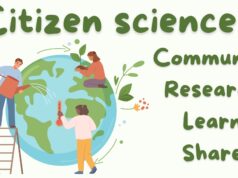Scientific breakthroughs often start in the most unassuming settings: quiet university labs, government research centers, or even a scientist’s notebook. But how do those discoveries make the leap from abstract theory or prototype into real-world products—things we can touch, buy, use, and rely on?
The journey from lab to life is a complex and fascinating process. It involves not only science and engineering, but also collaboration across industry, policy, and finance. From the light bulb to mRNA vaccines, nearly every transformative product around us began as a research project. Understanding how ideas move from bench to business helps us appreciate innovation—and how to support it.
Stage 1: Fundamental Research

The first step in product innovation is basic or fundamental research. This is curiosity-driven work, often conducted at universities or public institutions, with the goal of expanding our understanding of the world.
For example, the concept of semiconductors began as fundamental physics research into how electrons move through materials. At the time, there was no product in mind—just the pursuit of knowledge.
Key Characteristics:
- Goal: Discover new principles, mechanisms, or phenomena
- Funding: Often government grants or academic institutions
- Outcome: Scientific publications, new theories, early-stage data
This phase can last years or even decades, and may not immediately seem relevant to practical applications. But it lays the foundation for everything that follows.
Stage 2: Applied Research and Proof of Concept
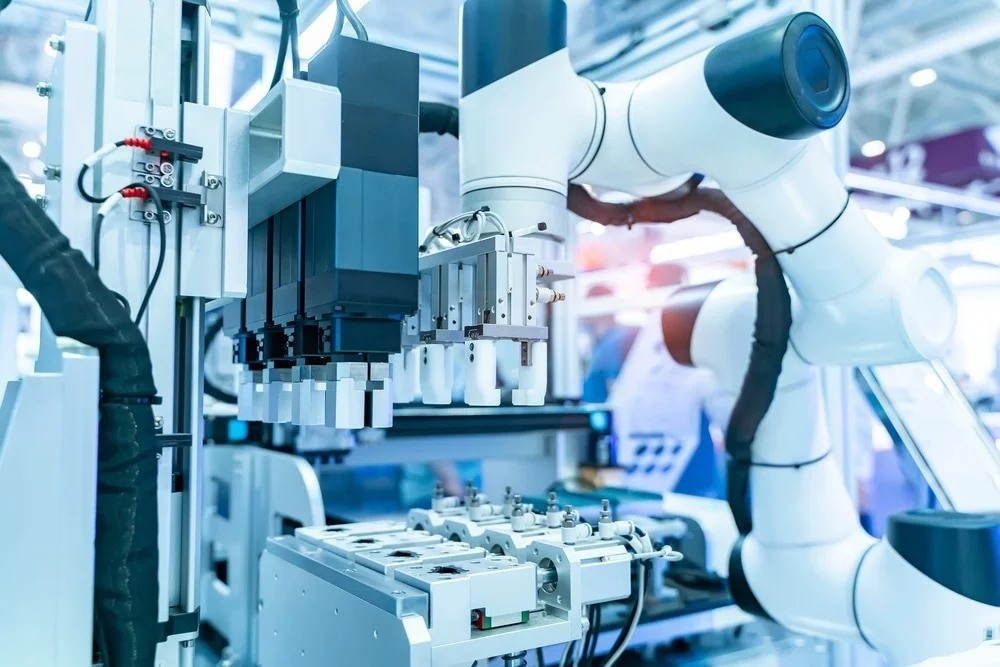
Once a scientific principle is understood, applied research explores how it might be used in a practical setting. This stage often bridges the gap between academia and industry. Scientists and engineers work to prove that the idea can be turned into a functioning prototype.
Let’s say a team discovers a new polymer that’s incredibly strong and lightweight. Applied researchers would begin testing its properties in the real world—can it withstand heat? Can it be manufactured at scale? Is it safe for use?
Key Characteristics:
- Goal: Explore potential applications of a discovery
- Funding: A mix of public and private investment
- Outcome: Prototypes, feasibility studies, technical validation
This stage is critical for attracting interest from industry partners and investors who can help take the product further.
Stage 3: Development and Commercialization
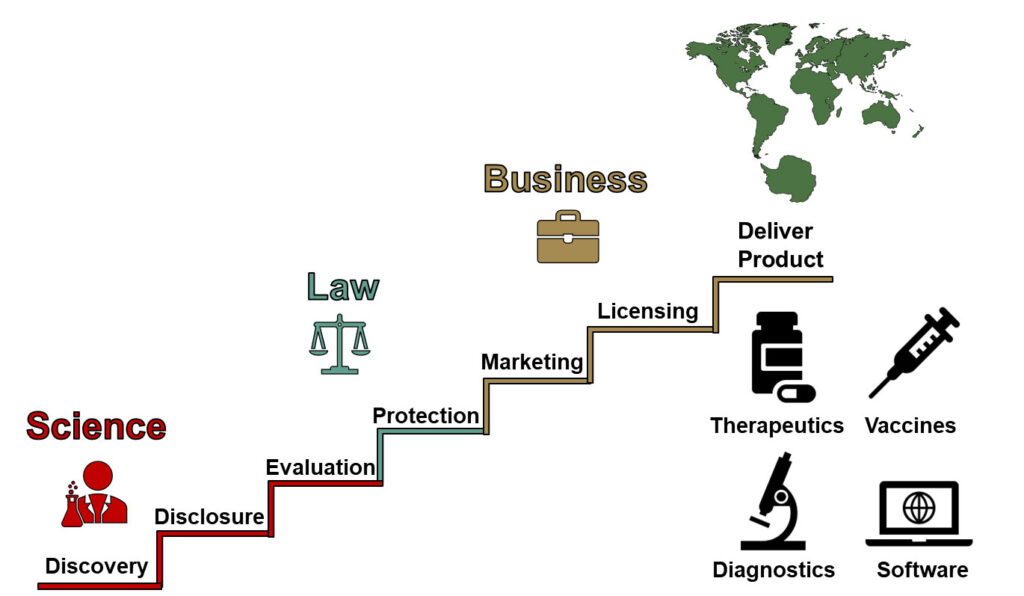
Here’s where things start to resemble a business endeavor. Once a technology is proven feasible, it enters the development phase. This involves turning prototypes into scalable, reliable, and market-ready products.
This is typically the most resource-intensive stage. Companies must consider:
- Engineering challenges (Can it be mass-produced?)
- Cost and efficiency (Will consumers buy it?)
- Regulatory approval (Is it safe and legal?)
- Market fit (Who needs this product and why?)
Example:
Take the case of the COVID-19 mRNA vaccines. While mRNA technology had been under research for decades, it wasn’t until the pandemic hit that companies like Moderna and BioNTech rapidly advanced from early research to large-scale development. This included testing for safety, scaling manufacturing, and navigating global regulatory systems—all in record time.
Key Characteristics:
- Goal: Refine and scale the product for real-world use
- Funding: Venture capital, corporate R&D, government support
- Outcome: Market-ready product, regulatory approval, supply chain infrastructure
Stage 4: Technology Transfer and Licensing
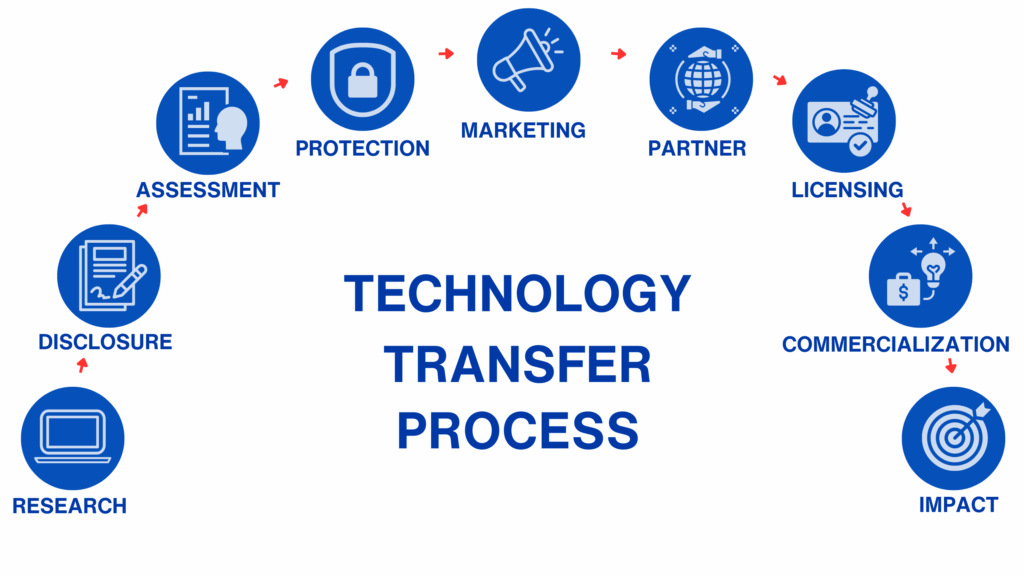
Much of the world’s innovative research is born in academic institutions. But these institutions rarely manufacture products themselves. Instead, they rely on technology transfer offices (TTOs) to bridge the gap between discovery and industry.
TTOs help:
- Secure patents for inventions
- License technology to private companies
- Create startup spin-offs around promising research
Licensing agreements allow companies to commercialize research in exchange for royalties or equity, bringing value back to the university and researchers.
Example:
Google’s search algorithm was originally a research project by Larry Page and Sergey Brin at Stanford University. The university licensed the technology to the startup that would become Google, retaining equity in the company.
Stage 5: Manufacturing, Marketing, and Market Entry
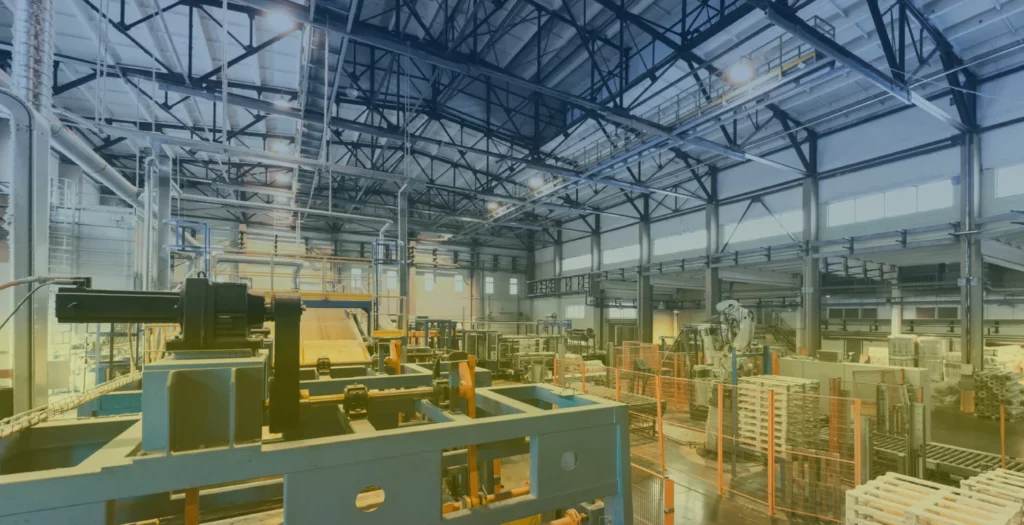
Once a product is finalized, it must be manufactured at scale, distributed, and marketed to consumers or industries. This phase is less about science and more about supply chains, branding, user experience, and market strategy.
Here, different kinds of expertise come into play—operations, finance, logistics, marketing. A great technology can fail commercially if it’s poorly marketed or too expensive to produce. Likewise, modest innovations can succeed wildly with the right market positioning.
Key Considerations:
- Who is the target customer?
- What is the pricing model?
- What distribution channels will be used?
- How is the product differentiated from competitors?
The science may be solid, but this phase determines whether the product becomes mainstream—or disappears quietly.
Feedback Loops and Iteration
The journey doesn’t end at product launch. Real-world use often reveals flaws, gaps, or new opportunities. Successful products go through multiple iterations, incorporating user feedback and performance data to evolve over time.
Many tech companies, for example, launch a minimum viable product (MVP) to test the market, then improve based on customer responses. In fields like medical devices or software, this iterative process is continuous.
Obstacles Along the Way
The path from lab to product is rarely smooth. Common obstacles include:
- The “Valley of Death”: The gap between promising research and commercial investment. Many projects die here due to lack of funding or proof of market value.
- Regulatory Hurdles: Especially in healthcare and biotech, gaining approval can take years and involve significant expense.
- Intellectual Property (IP) Battles: Disputes over patents can stall or even kill promising technologies.
- Market Misfit: Some technologies are ahead of their time or lack a clear user base, making commercialization difficult.
The Role of Public-Private Partnerships
Governments play a key role in bridging early-stage innovation and market-ready products. Initiatives like SBIR (Small Business Innovation Research) grants in the U.S., or Horizon Europe in the EU, help de-risk the innovation process for startups and researchers.
Public-private partnerships (PPPs) can also bring together academia, industry, and government to tackle large-scale challenges—such as clean energy, rare disease therapies, or pandemic preparedness.
Conclusion: Science in Motion
From the moment a hypothesis is tested in a lab to the day a product hits the shelves, science follows a long, rigorous, and often uncertain path. Yet it’s a path that has delivered life-saving drugs, clean energy solutions, digital revolutions, and countless conveniences we now take for granted.
The next time you unlock your phone with facial recognition, power your home with solar panels, or get vaccinated against a disease, you’re benefiting from a process that started with a question in a lab and ended with a solution in your hands.
Innovation doesn’t happen in isolation—it’s a chain of research, risk, creativity, and collaboration. And it’s what keeps society moving forward.




